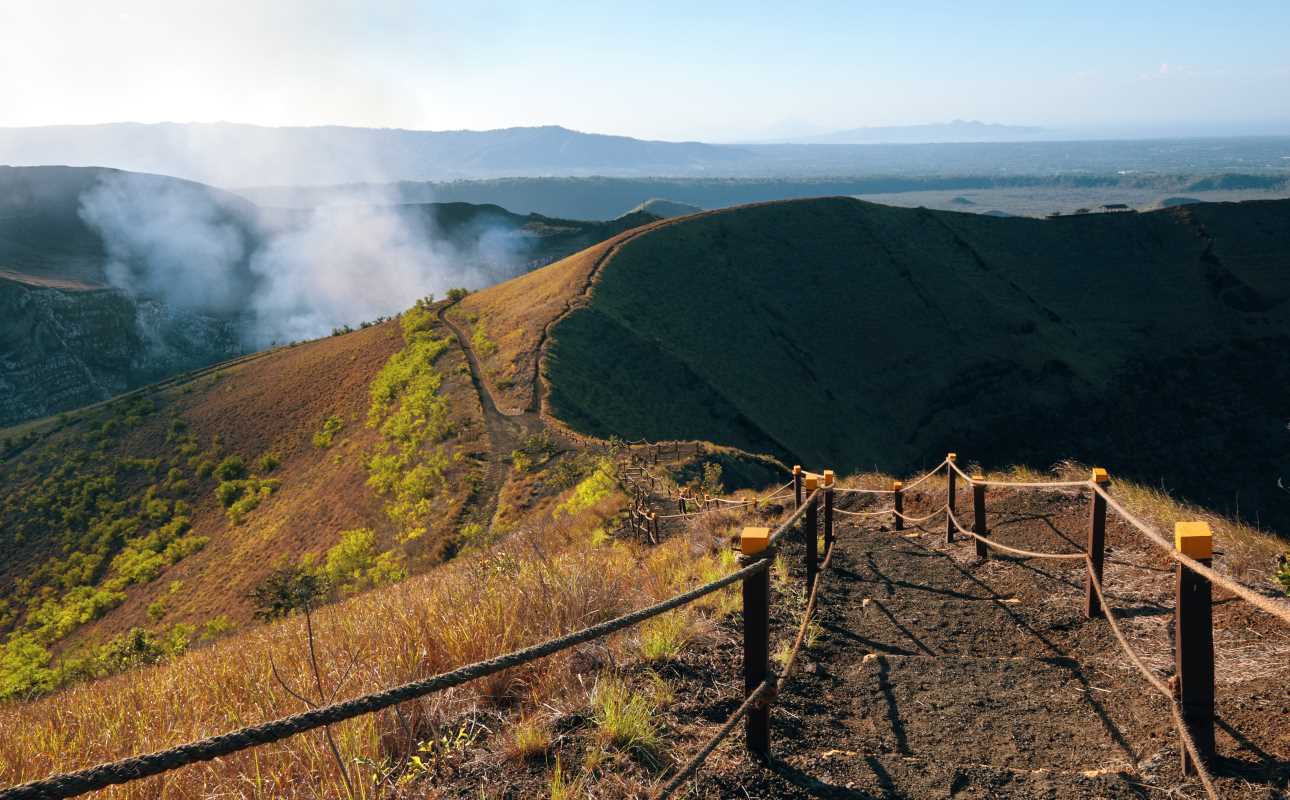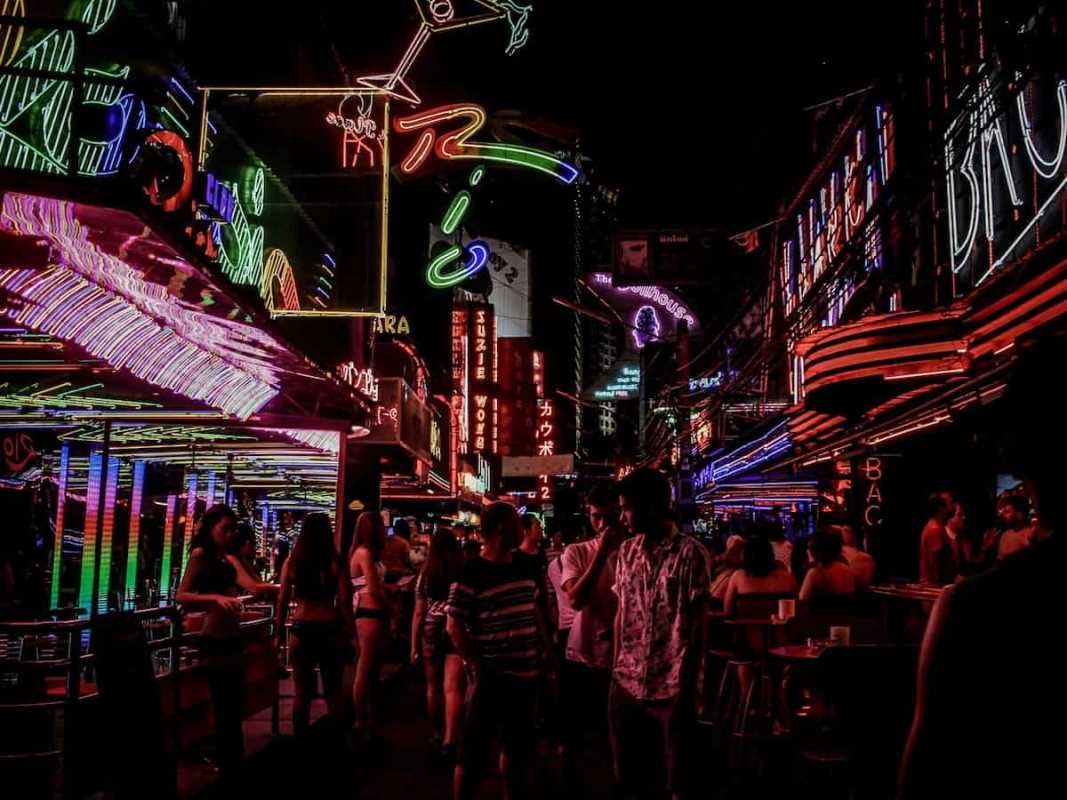Nature has an uncanny way of surprising us with rare and spectacular phenomena, offering travelers the chance to witness events that seem almost otherworldly. From glowing seas to celestial shows in the night sky, some of the most extraordinary natural occurrences can only be experienced in certain parts of the world. Whether you're a seasoned traveler or an adventure seeker, this is guide to some of the most unforgettable natural phenomena that are worth adding to your travel bucket list.
The Northern Lights – A Celestial Dance of Colors
The Northern Lights, or Aurora Borealis, are one of the most stunning natural phenomena on Earth. These mesmerizing light displays occur when solar particles collide with Earth’s magnetic field, creating vibrant green, purple, and red hues that ripple across the night sky. The lights are most visible in areas close to the Arctic Circle, making locations such as Iceland, Norway, Finland, Sweden, and Canada prime destinations.
Best Time to Visit:
- The best time to see the Northern Lights is from late September to March, when the nights are longest. However, the lights are at their most active around the equinoxes in March and September.
Top Locations:
- Iceland: Known for its easy access to the Aurora and stunning landscapes, Iceland is a top choice. The countryside provides the perfect dark skies, while the nearby Golden Circle offers unique scenery during your hunt for the Northern Lights.
- Tromsø, Norway: Located above the Arctic Circle, Tromsø offers a front-row seat to the lights, along with opportunities for dog sledding and snowshoeing.
- Yellowknife, Canada: Yellowknife, in the Northwest Territories, offers an excellent vantage point to view the aurora, with clear skies and cold, crisp winters.
Bioluminescent Bays – Glowing Waters of Nature
Bioluminescence is a natural phenomenon where organisms like plankton, algae, and jellyfish emit light when disturbed. There are several bioluminescent bays around the world that glow with an ethereal blue light when stirred. The effect is stunning and creates a magical, almost surreal atmosphere.
Best Time to Visit:
- The best time to experience bioluminescence is typically during the warmer months, when the plankton are more active.
Top Locations:
- Mosquito Bay, Vieques, Puerto Rico: Often referred to as the brightest bioluminescent bay in the world, Mosquito Bay is a must-see for anyone visiting Puerto Rico. A kayak ride through the glowing waters is a once-in-a-lifetime experience.
- Luminous Lagoon, Jamaica: This glowing lagoon near Falmouth is famous for its incredible bioluminescence. The waters light up as you swim or disturb the water, creating an unforgettable experience.
- Toyama Bay, Japan: If you're in Japan, don't miss the opportunity to witness the stunning phenomenon of firefly squid in Toyama Bay. These tiny creatures emit a beautiful blue light, especially during the spring months.
The Great Migration – A Spectacle of Wildlife
One of the most awe-inspiring natural phenomena is the Great Migration of wildebeest and other animals in Africa. Each year, over a million wildebeest, along with zebras, gazelles, and predators, make their way through the Serengeti in Tanzania and the Maasai Mara in Kenya in search of fresh grazing lands. This migration is a marvel of nature, showcasing the raw power and beauty of wildlife.
Best Time to Visit:
- The Great Migration typically takes place from July to October, when the animals make their way through the Serengeti and Maasai Mara in search of water and food.
Top Locations:
- Serengeti National Park, Tanzania: This vast ecosystem is the heart of the migration. You can witness the dramatic river crossings and the intense drama of predators hunting their prey.
- Maasai Mara, Kenya: The Maasai Mara is the northern extension of the Serengeti and offers prime viewing opportunities during the migration period. Hot air balloon rides during the migration provide a unique perspective of the landscape.
Total Solar Eclipses – A Celestial Event Like No Other
A total solar eclipse occurs when the moon completely blocks the sun, casting a shadow on Earth and turning day into night for a few minutes. During a total solar eclipse, the sun’s corona becomes visible, creating a breathtaking sight. The path of totality, where the full eclipse is visible, is narrow, making it essential to travel to specific locations to experience it.
Best Time to Visit:
- Solar eclipses occur at specific times and places. The next total solar eclipse will be visible across parts of North America on April 8, 2024.
Top Locations:
- Chile and Argentina: For a view of the 2020 solar eclipse, parts of South America were in the path of totality. Future eclipses, such as the one in 2024, will also pass through parts of South America, making it a prime location for eclipse chasers.
- United States: On April 8, 2024, the path of totality will stretch from Mexico through Texas and up to Maine, offering thousands of Americans the chance to witness this rare celestial event.
The Red Sea Coral Reef – Underwater Beauty
The Red Sea is home to one of the world’s most biodiverse coral reefs, with vibrant coral gardens and an abundance of marine life. The Red Sea is known for its crystal-clear waters, making it one of the best places for snorkeling and diving. The reef is constantly changing and evolving, and it remains a hidden gem for many travelers.
Best Time to Visit:
- The best time to visit the Red Sea for diving is from October to April, when the waters are warm but not unbearably hot.
Top Locations:
- Sharm El Sheikh, Egypt: Known for its incredible coral reefs and clear waters, Sharm El Sheikh is one of the most popular diving destinations in the world.
- Aqaba, Jordan: Aqaba is another top spot for snorkeling and diving, with access to the vibrant reefs of the Red Sea and an abundance of marine species.
 (Image via
(Image via





